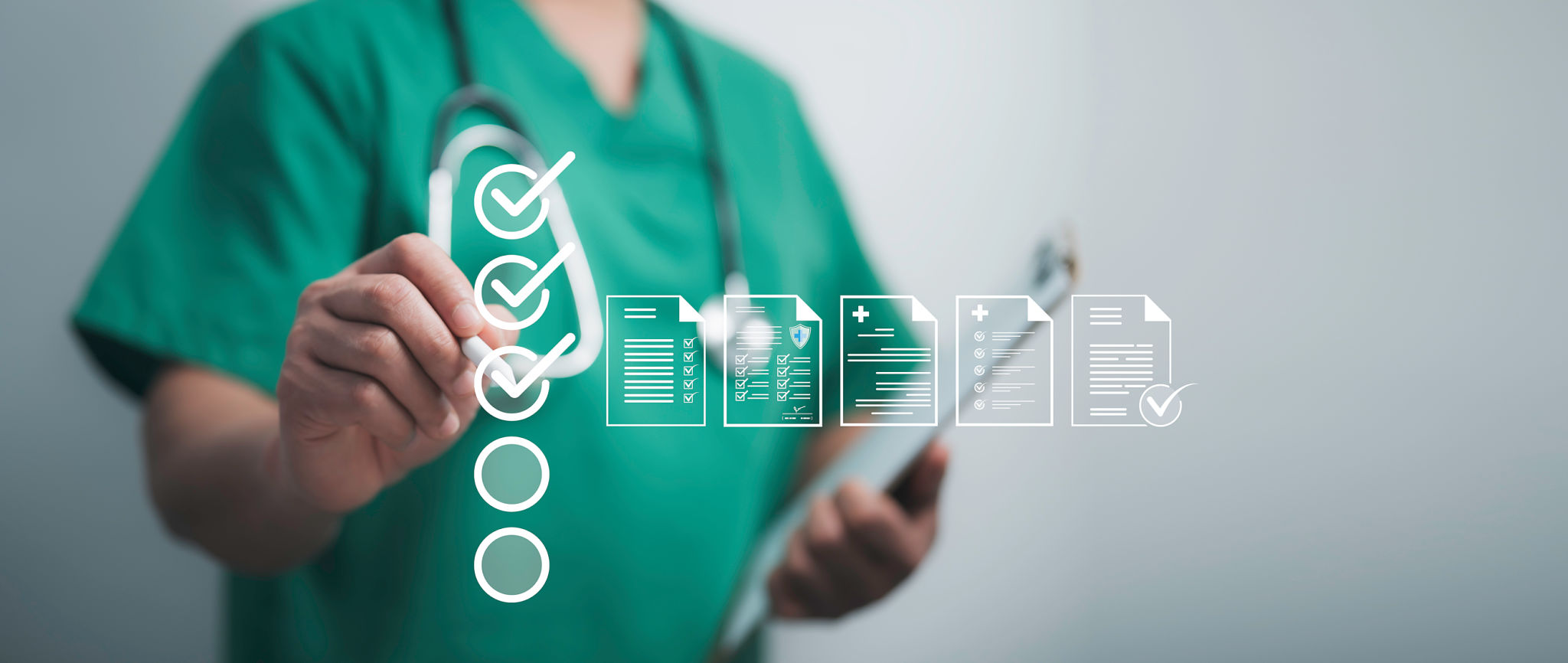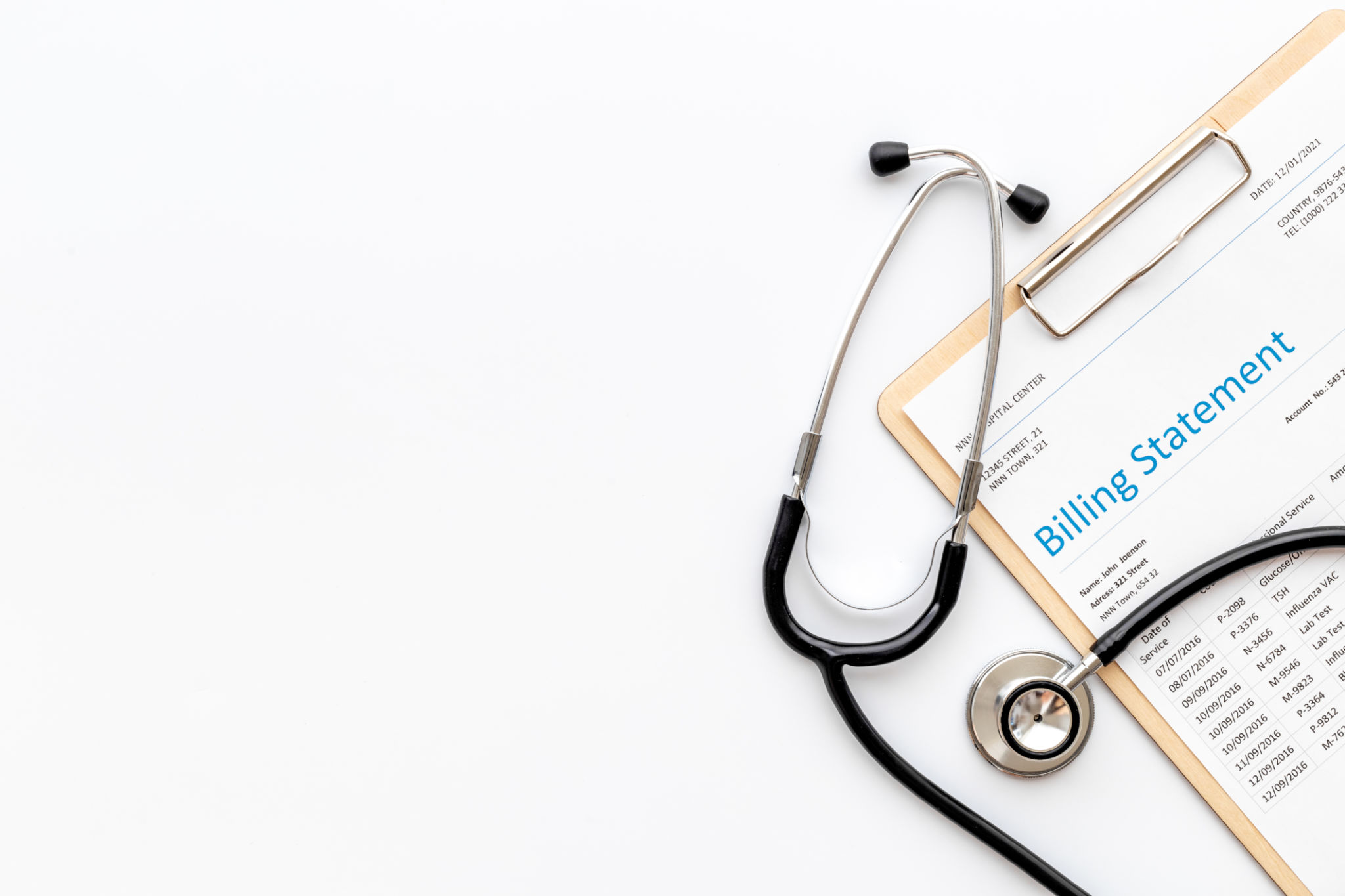How to Conduct a Medical Accounting Audit: A Step-by-Step Guide
Understanding the Importance of Medical Accounting Audits
In the healthcare industry, maintaining accurate financial records is crucial for compliance and operational efficiency. A medical accounting audit helps ensure that all financial transactions are properly recorded and that the institution is adhering to relevant regulations. Conducting regular audits can prevent financial discrepancies, improve decision-making, and enhance trust with stakeholders.
Medical accounting audits are not just about compliance; they help identify areas for cost reduction and revenue optimization. By understanding the nuances of healthcare finance, professionals can make informed decisions that support their organization's goals.

Preparing for the Audit
Gathering Necessary Documents
The first step in conducting a medical accounting audit is to gather all necessary documents. This includes financial statements, billing records, expense receipts, and insurance claims. Having these documents organized and accessible will streamline the audit process and ensure nothing is overlooked.
Setting Clear Objectives
Before diving into the audit, it's essential to establish clear objectives. Determine what you aim to achieve through the audit, whether it's identifying discrepancies, ensuring compliance, or optimizing financial processes. Clear objectives guide the audit process and help measure its success.

Conducting the Audit
Reviewing Financial Statements
Start by carefully reviewing financial statements such as balance sheets and income statements. Look for any inconsistencies or unusual transactions that may indicate errors or fraudulent activity. Cross-reference these documents with bank statements to verify accuracy.
Examining Billing and Claims
Next, examine billing records and insurance claims for accuracy. Ensure that all services billed were provided and correctly coded. Check that claims submitted to insurers were processed and paid as expected. Discrepancies in billing can lead to revenue loss and compliance issues.

Analyzing Expenses and Costs
Analyze expense reports to identify areas where costs can be reduced without compromising quality. Look for patterns of overspending or unexpected increases in certain categories. Assess whether expenses align with the organization's budget and financial goals.
Ensuring Regulatory Compliance
One of the primary purposes of a medical accounting audit is to ensure compliance with healthcare regulations such as HIPAA and Medicare guidelines. Verify that all financial practices adhere to these standards to avoid penalties and legal issues.
Concluding the Audit
Compiling an Audit Report
After completing the audit, compile a comprehensive report detailing findings, discrepancies, and recommendations for improvement. Highlight areas of concern and provide actionable steps to address them. This report serves as a valuable tool for management in making informed decisions.
A thorough medical accounting audit not only helps maintain compliance but also strengthens financial health by identifying potential improvements. Regular audits are an investment in the organization's future, ensuring sustainability and trust in a competitive healthcare landscape.
